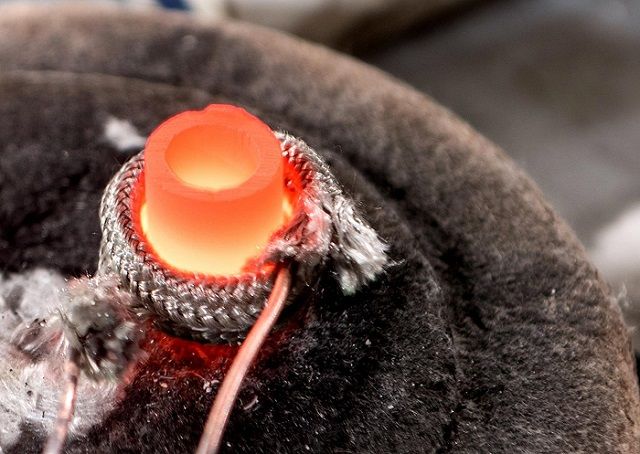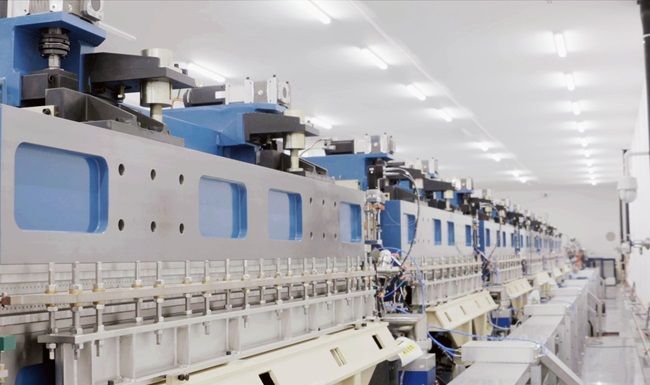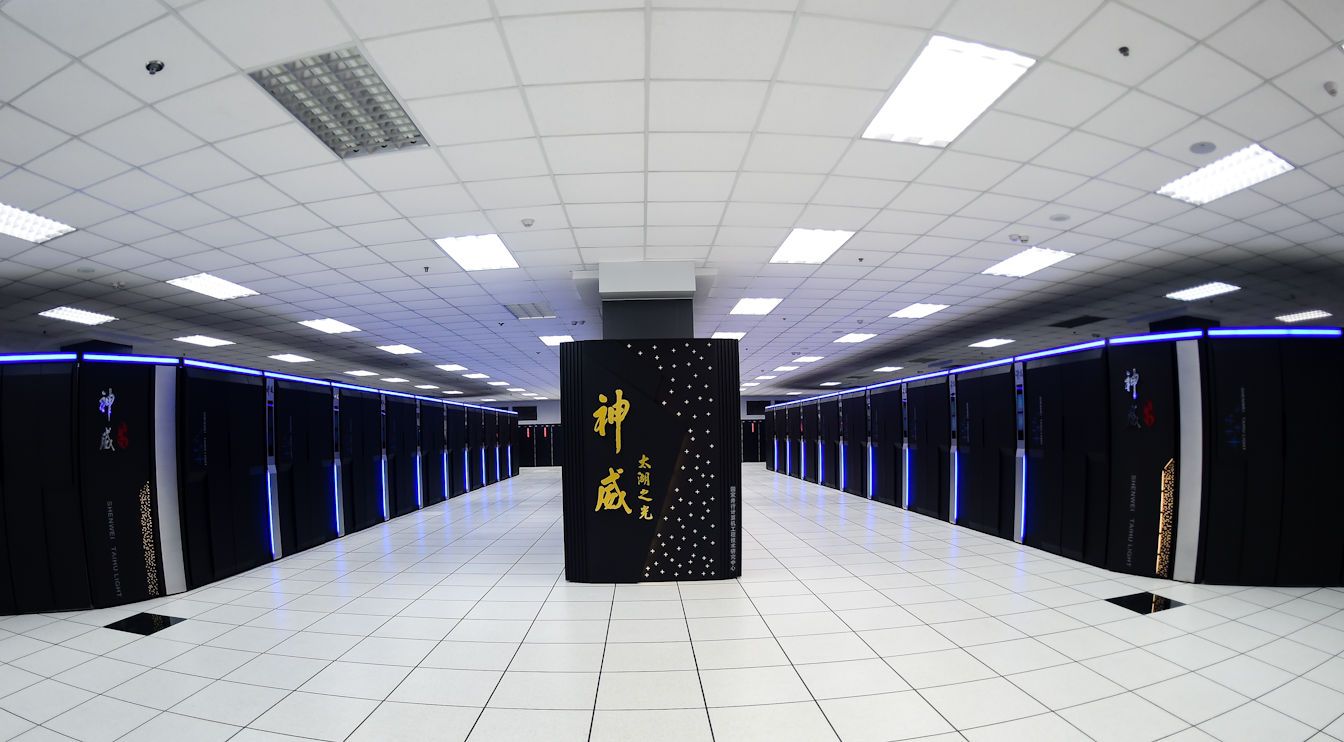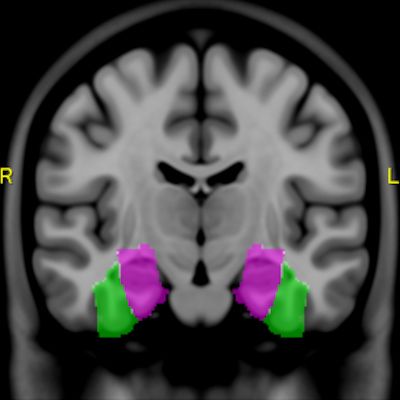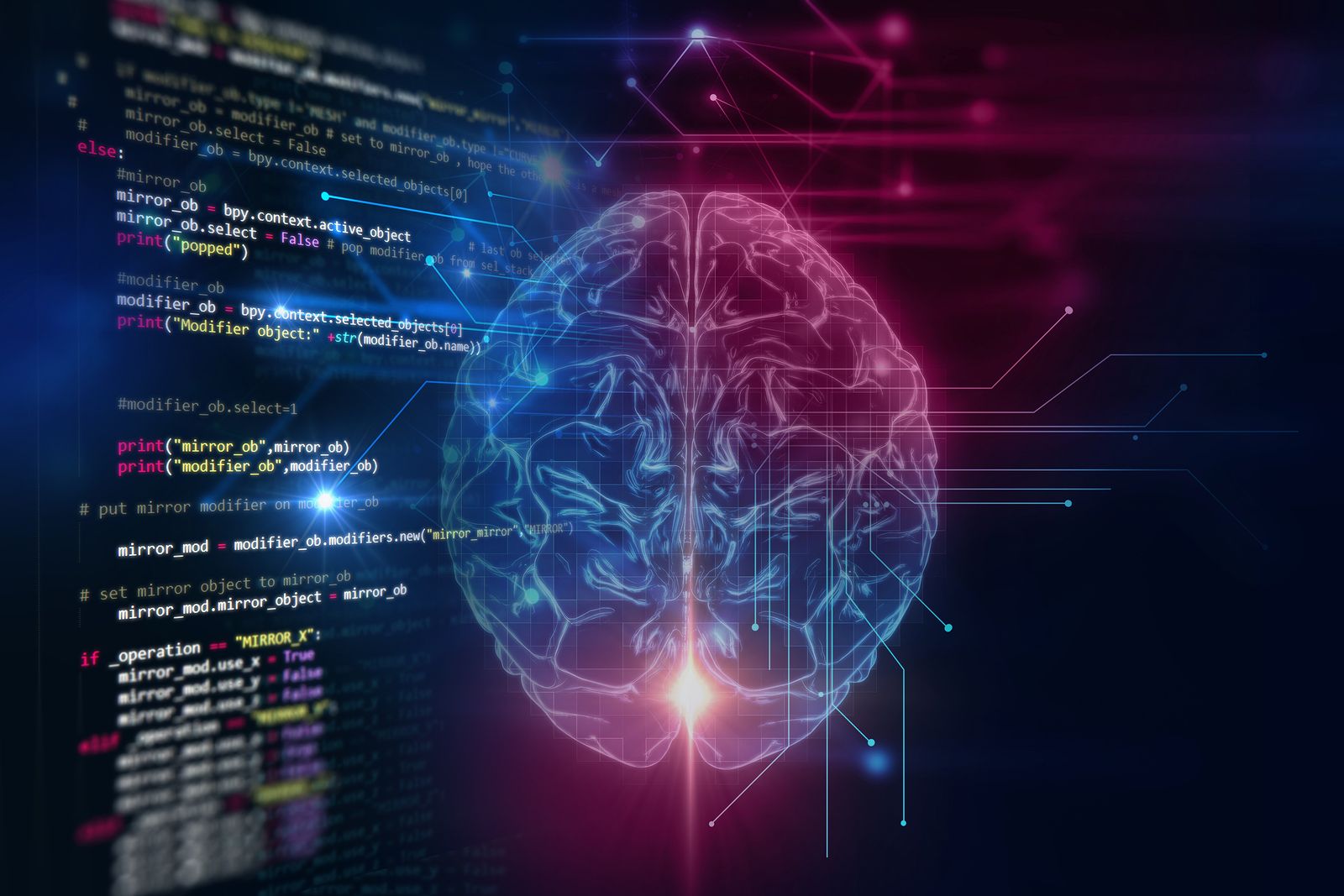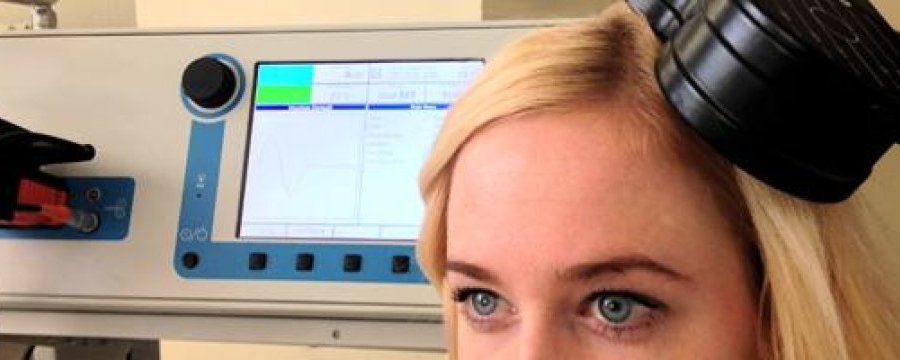Jan 20, 2017
New low-cost technique converts bulk alloys to oxide nanowires
Posted by Karen Hurst in categories: materials, nanotechnology
A simple technique for producing oxide nanowires directly from bulk materials could dramatically lower the cost of producing the one-dimensional (1D) nanostructures.
That could open the door for a broad range of uses in lightweight structural composites, advanced sensors, electronic devices – and thermally-stable and strong battery membranes able to withstand temperatures of more than 1,000 degrees Celsius.
The technique uses a solvent reaction with a bimetallic alloy – in which one of the metals is reactive – to form bundles of nanowires (nanofibers) upon reactive metal dissolution.
Continue reading “New low-cost technique converts bulk alloys to oxide nanowires” »
